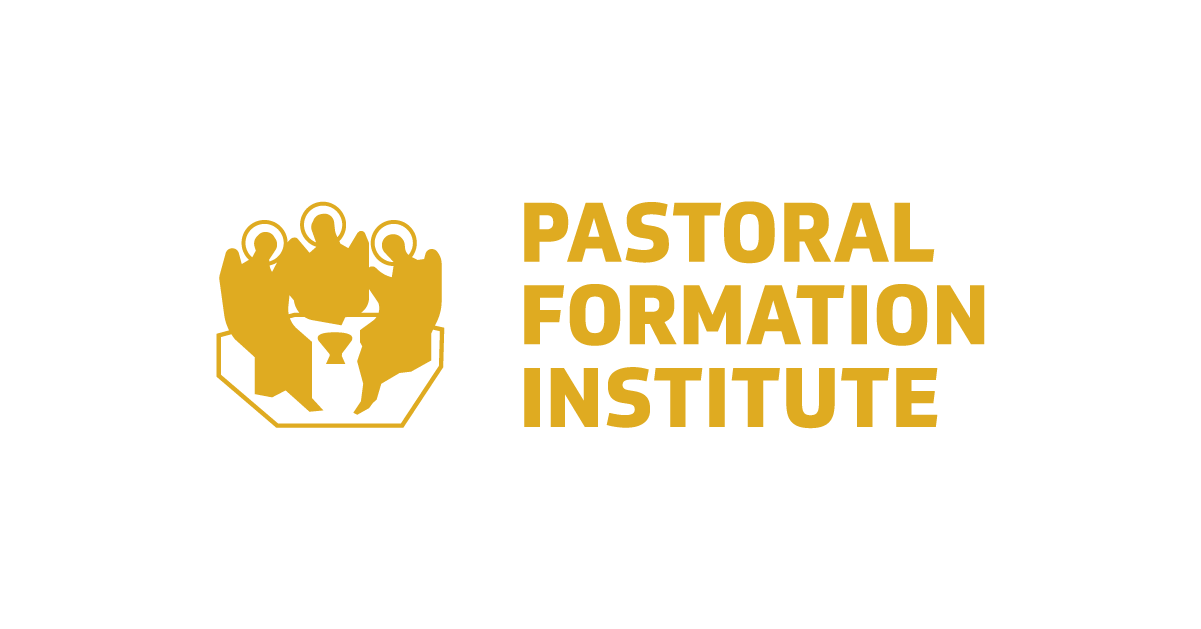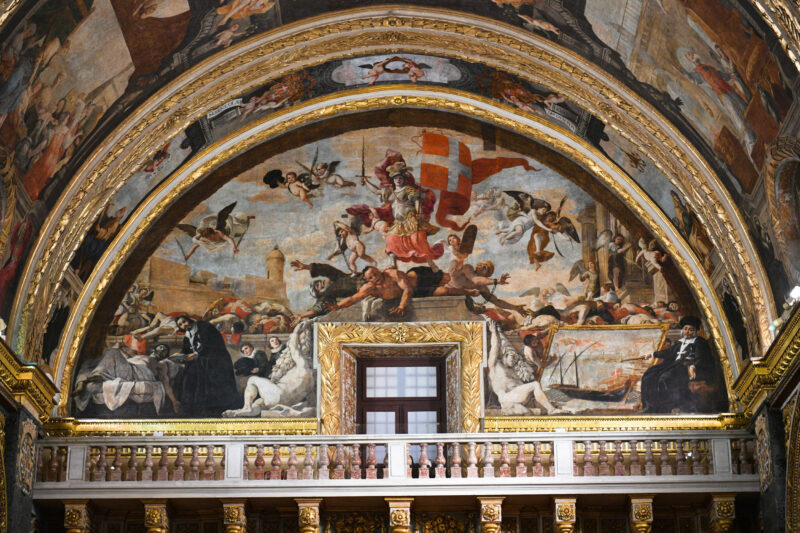“Christian art offers the believer a theme for reflection and acts as an aid to enter into contemplation in intense prayer, similar to a moment of catachesis…”
Pontifical Council for Culture, the ‘Via Pulchritudinis’, 2006, III.2C
Over time and across cultures, humans have always sought to express the ineffable – those phenomena and mysteries which, for centuries, have captivated man’s imagination.
What mysteries do their creations, in turn, conceal?
What may this incredible artistic heritage reveal about the evolution of human thought, belief, and the manner in which man related and reacted to the natural world and beyond?
Moreover, what insights, as Christians, may we attain and contemplate today, from a twenty-first-century perspective?
The course seeks to explore and address these questions by delving deeply into different forms of expression—religious or otherwise—and the myriad of ways these may be engaged with theologically.
Course Aim:
- to provide different tools to “read” into works of art and engage with them on a profound iconological, theological, philosophical, and cultural level;
- to re-evaluate the role of art and ritual within religious practice and experience;
- to present the story and evolution of art in relation to core Christian beliefs, dogmas and values;
- to hone observational and critical thinking skills in the encounter with different forms of art;
- to encourage the use of the imagination and the contemplation of art as a method of prayer;
- to gain confidence in approaching familiar or previously unknown artworks, reflecting upon them and bringing them into discourse among peers;
Currently, enrolment is not open for this course. For further information contact us on [email protected]
People who wish to enrich their spirituality by learning how to read and meditate artworks
Introduction to the Course: Encounters with Beauty
Creation : Origins of Beauty
“When we contemplate with wonder the universe in all its grandeur and beauty, we must praise the whole Trinity.”
(St John Paul II, Catechesis).
With a particular emphasis on Genesis, we will explore ways in which ideas on art and beauty might emerge through a reflection on the first (and most recent) encounters of creation and humanity.
Creation : The Matter of Beauty
In this lecture, we will seek to address questions on the relation between matter and beauty, on how matter may positively serve as a means of expressing and thinking about the divine.
Spatial Encounters: Sacred and Secular
What do the terms ‘sacred’ and ‘space’ mean, and how do these meanings change when the terms are brought together? How are the senses and matter key players in identifying and animating sacred space? In this session, we will explore the origins and some of the earliest manifestations of sacred space.
Spatial Encounters: Locations and Orientations
How do sacred spaces interact with the landscapes in which they are located? What role do notions of design, geometry, cosmology, and technology, play in the construction and memorialisation of sacred spaces? Which parts of our domestic and communal spaces have the potential to participate in the sacred?
Spatial Encounters: The Temple
In this session, we will consider the Biblical roots to sacred space, the transition and cross-cultural adaptations in Judeo-Christian and Classical public, private and religious space.
Origin, Matter and Spirit
Visit to St Agatha Catacombs, Rabat
Spatial Encounters: Adorning and Adoring
What are the ways in which space could be prepared and adorned for the encounter with the divine? In this session, we will explore some early Christian and medieval sacred spaces, their architecture, and decoration as a reflection of the main beliefs and practices animating the encounter with the sacred.
The Body: Embodying the Divine
How can consider the human body as a category of analysis in the discourse on beauty? In this session, we will explore notions on how the body may be envisioned as a temple or as a sacred space.
Sacred Space
Site Visit to St John`s Co-Cathedral
The Body: Becoming like the Divine
In this session, we will explore different ways of thinking about the relationship between icons and idols, particularly in light of Christian doctrine, apologetics, and theology.
Violent Encounters: Worship and Destruction
In this session, we will address issues concerning iconoclastic reactions to the figurative representation of the divine and how violence and destruction may inform our notion of beauty, religious practice, and worship. A special focus will be given to Eastern Christianity, art, and architecture.
Violent Encounters: Reconciling Beauty: the crucifix
In this session, we will take a look at the central image, Eikon, of Christianity: the Crucified Christ, and how the portrayal of suffering—especially as expressed in Western religious imagery—may evoke a spirit of empathy and transformation in the beholder.
Violent Encounters: Memory and Remembrance
In this session we will consider the memorialisation of political violence through sacred (or pseudo-sacred) art, taking the city of Valletta as a departure point to reflect on the making of political, corporate, religious, and cultural identities.
Violent Encounters
Visit Valletta Streets
Violent Encounters: Revelation of Beauty
In this conclusion, we will reflect on how the rhetoric of violence, as expressed through the arts, may afford a unique space to contemplate central Christian notions concerning redemption, salvation, fraternal and divine love.
Half-day retreat with class suggestions, class presentations and group reflection
Last Lecture: Class suggestion
Session Format
- Fourteen lectures on Tuesdays between 17:30 and 19:30 (28 hours) with audio-visual presentations, complemented by group discussions and sharing based on individual observation and contemplation.
- Three Saturday Site Visits (9 hours) – in-person on site
- Half-Day Seminar (5 hours)
Currently, enrolment is not open for this course. For further information contact us on [email protected]
| Tuesday 17.30 – 19.30 | Introduction to the Course: Encounters with Beauty |
| Tuesday 17.30 – 19.30 | Creation: Origins of Beauty |
| Tuesday 17.30 – 19.30 | Creation: The Matter of Beauty |
| Tuesday 17.30 – 19.30 | Spatial Encounters: Sacred and Secular |
| Tuesday 17.30 – 19.30 | Spatial Encounters: Locations and Orientations |
| Tuesday 17.30 – 19.30 | Spatial Encounters: The Temple |
| Saturday 10:00-13:00 | Origin, Matter, and Spirit: Site Visit – St Agatha Catacombs, Rabat |
| Tuesday 17.30 – 19.30 | Art as Sacrifice: sacrificial origins of artistic practice |
| Tuesday 17.30 – 19.30 | Spatial Encounters: Adorning and Adoring |
| Tuesday 17.30 – 19.30 | The Body: Embodying the Divine |
| Saturday 10:00-13:00 | Sacred Space: Site Visit – St John’s Co-Cathedral |
| Tuesday 17.30 – 19.30 | The Body: Becoming like the Divine |
| Tuesday 17.30 – 19.30 | Violent Encounters: Worship and Destruction |
| Tuesday 17.30 – 19.30 | Violent Encounters: Reconciling Beauty: the crucifix |
| Tuesday 17.30 – 19.30 | Violent Encounters: Memory and Remembrance |
| Saturday 10:00-13:00 | Violence: Site Visit – Valletta Streets |
| Tuesday 17.30 – 19.30 | Violent Encounters: Revelation of Beauty |
| Saturday 9:00 –14:00 | Half-day retreat with class presentations and group reflection |
Assessment:
- (optional) a reflective journal, based on the prayerful contemplation of selected artworks;
- (compulsory): Based on a local work of art, sculpture or space, or an artistic work of their own making (literary/visual/audio-visual/music/film/etc), students will be asked to deliver a 15 to 20-minute class presentation on how the chosen work(s) might help “expand our gaze and ideas” on beauty, both in an aesthetic and theological sense. While the presentation is intended to give the student an opportunity to elaborate further on one of the main themes touched upon in class, according to their own interests and artistic preference. It is also an opportunity to share ideas as well as receive feedback from peers. The students will also be encouraged to submit their work in written format (approx 2500 words).
Final Award: Certificate in The way of Beauty: Discovering Faith through Art
Duration: One-year part-time course with two modules
Certification: A sealed Certificate after successful* completion of the course
* To obtain a Certificate of Achievement a student must: attend a minimum of 70% of each module and Pass successfully the assignment
Every application will be considered on its individual merits. The Pastoral Formation Institute accepts a wide range of qualifications, and we always try to judge applications on the basis of academic potential. We do consider a very wide range of academic, vocational, and professional qualifications, as well as work and other appropriate experiences and skills.



